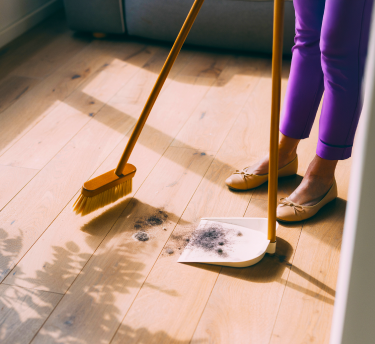Dust allergies are especially common in people who have a sensitivity to house dust mites. These tiny creatures live in many homes and can cause skin irritation and an allergic response in people with sensitive skin.


Seasonal Allergies: Causes and Symptoms
Don’t let seasonal allergies hold you back
Allergy season is different for everyone. That’s because different kinds of outdoor allergens — or irritants — get distributed into the air year-round. So your seasonal allergies happen from exposure to whatever pollen is being released by the local grass, trees, mould spores, and ragweed whenever that occurs.1
Outdoor mould allergies
Mould spores and fragments exist naturally in the air we breathe. The amount that people are exposed to depends on various factors including the season, surrounding land, wind, and people’s activities / actions both indoors and outdoors.
Breathing in mould spores and fragments can trigger nasal congestion, sneezing, coughing and respiratory infections. It can also worsen allergic conditions. Contact with mould can also irritate eyes and skin.2
Pollen allergies
Many Australians suffer through allergy symptoms due to exposure to tree, grass and weed pollen. Symptoms include3:
Ragweed allergies
Ragweed allergies are a specific type of pollen allergy. Ragweed is a plant that is native to America, but now grows along the coast of NSW and in the Northern Tablelands. Ragweed produces up to a billion pollen grains per plant and is responsible for a significant amount of allergic responses in people who live within areas that ragweed grows.4
Avoid bringing pollen into your home by removing clothes that you’ve worn outdoors and washing them right away.
Symptoms of ragweed allergies include5:
Tips to Minimise Seasonal Allergies
Here are some tips to minimize seasonal allergies.1
If you experience sneezing, runny nose, itchy, watery eyes or an itchy nose or throat, nasal congestion, Telfast products may be able to help. Now you can live your greatness — during any season.
Related articles